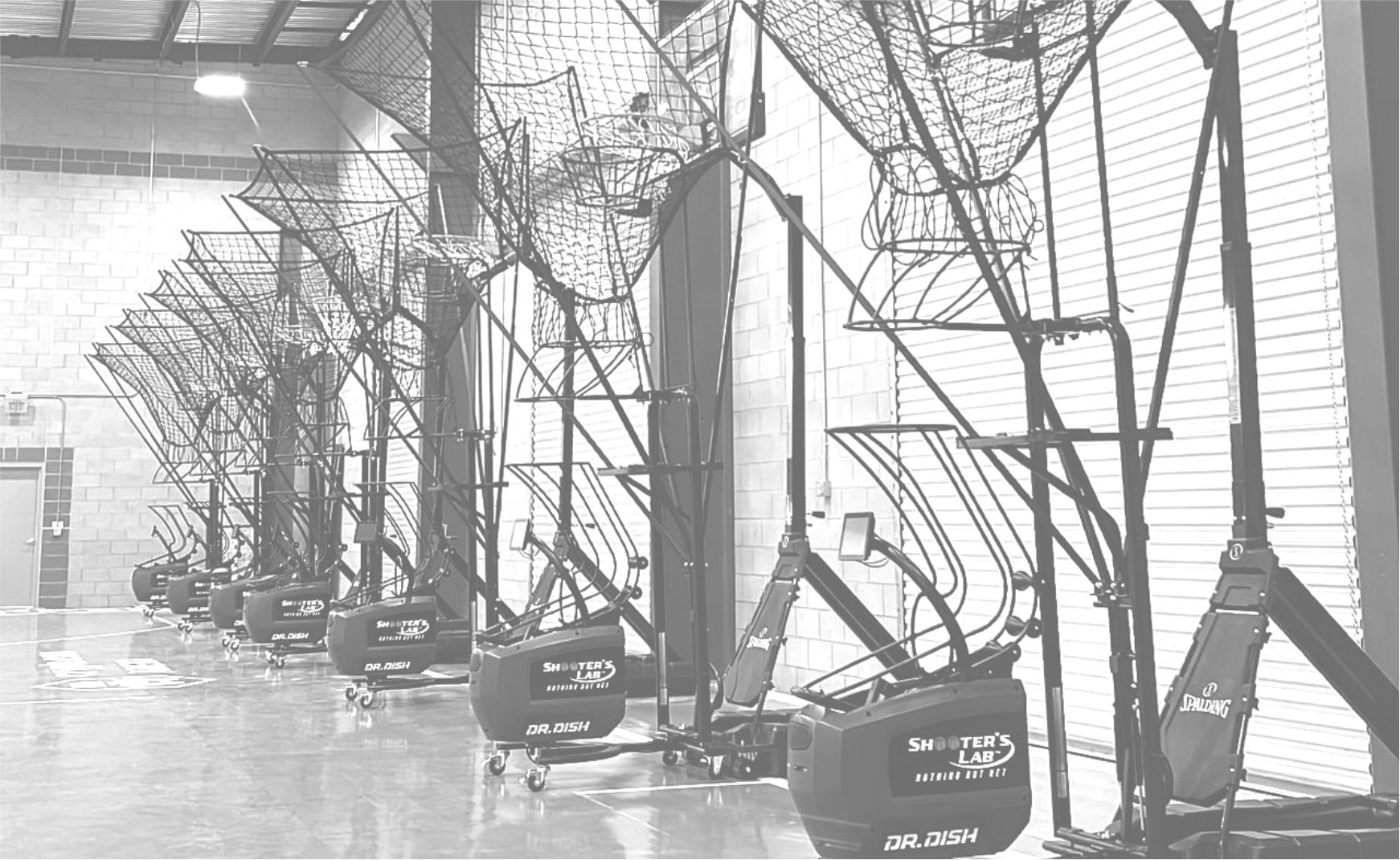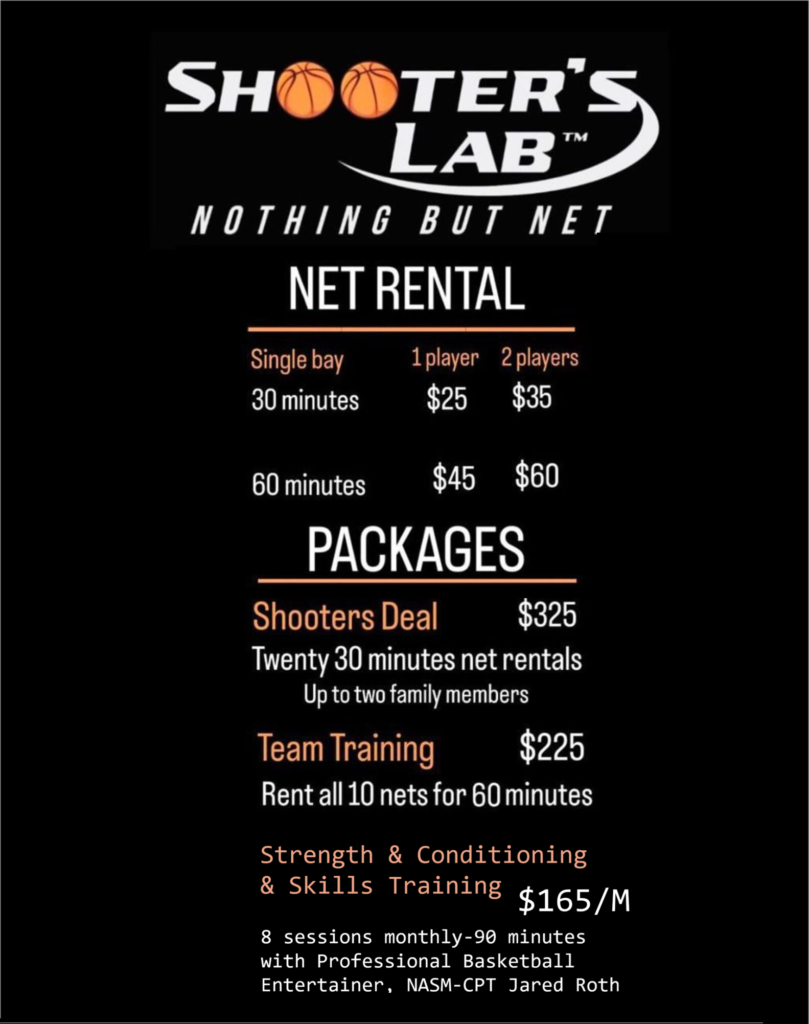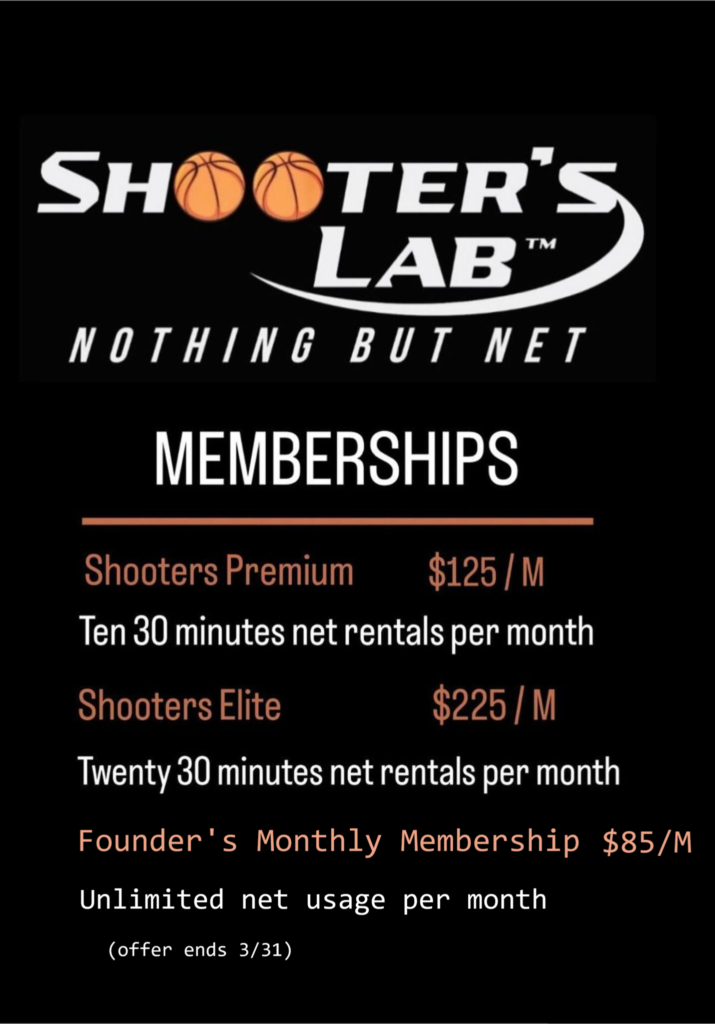Understanding the differences between relevant and non-relevant prices is crucial for implementing incremental evaluation. Non-relevant prices have already been incurred and can’t be influenced by present choices. In contrast, related prices are only incurred when a enterprise decision is made or changed.2. Opportunity value performs an important function within the incremental analysis process.
Faq: Incessantly Asked Questions About Incremental Analysis
- For a better future, you wish to get a Master’s degree however can not proceed your job while learning.
- To fully perceive its advantages, it’s necessary to recognize how alternative prices come into play when using this system.
- The idea of incremental opportunity price immediately arises from the precept of shortage.
As shown within the simplified example in the image, choosing to begin out a business would provide $10,000 in terms of accounting income. Additional costs are the additional costs incurred by choosing a specific https://www.bookkeeping-reviews.com/ choice. Opportunity costs, then again, represent the lost good factor about the next best different that was not chosen. While further costs refer to the direct, extra expenses of a decision, opportunity prices refer to the lack of potential benefits that might have been achieved through an alternative choice.
It doesn’t make sense to spend an additional $1 million on the printer which you would in the end haven’t any use for, irrespective of the $2 million already spent. By contemplating the time value of money, people can make selections that lead to higher outcomes and larger wealth in the long run. Company ABC offers a rate of curiosity of 10%, and firm XYZ offers a rate of curiosity of 12%.
Understanding Incremental Value
Meanwhile, to make 30 tonnes of tea, Nation B must sacrifice the production of one hundred tonnes of wool, so for each tonne of tea, three.3 tonnes of wool is forgone. In this case, Nation A has a comparative advantage over Country B for the production of tea because it has a lower alternative price. On the opposite hand, to make 1 tonne of wool, Nation A has to surrender 5 tonnes of tea, whereas Nation B would want to surrender 0.3 tonnes of tea, so Nation B has a comparative benefit over the manufacturing of wool. Opportunity cost refers price of giving up the next greatest different when making a choice. It is a vital idea in economics as a end result of it helps individuals and businesses understand the trade-offs they are making after they choose one possibility over one other. Alternative value is the potential features forfeited when an individual, company, or investor selects one different over one other.
The potential price on the government degree may be seen when considering, for instance, government spending on warfare. They are thereby prevented from using $840 billion to fund, say, healthcare, schooling, or tax cuts, or to diminish by that sum any budget deficit. The explicit costs are the wages and supplies wanted to fund soldiers and required tools, while an implicit price could be the misplaced output as sources are directed from civilian to military tasks.
For example, if an organization has already invested in specialised equipment now deemed out of date, the initial investment is irrelevant to future decisions. Focusing solely on future costs and revenues prevents the “sunk price fallacy,” where previous investments irrationally affect present selections. By ignoring sunk prices, companies can base choices on practical financial projections. In conclusion, understanding opportunity costs and incorporating them into incremental analysis is an important side of sound determination making in business. By considering solely the relevant costs directly influenced by the decision at hand, companies are better equipped to evaluate varied alternatives and maximize earnings.
The calculation of incremental value needs to be automated at every stage of production to make decision-making more environment friendly. There is a need to organize a spreadsheet that tracks costs and production output. If incremental value leads to an increase in product value per unit, a company could choose to raise product value to maintain its return on funding (ROI) and to extend revenue. Conversely, if incremental price leads to a lower in product price per unit, a company can select to cut back product price and increase profit by selling more items. Incremental opportunity value is a theoretical idea used for inside incremental and opportunity costs economic analysis and decision-making.
The phrases “differential cost” and “differential revenue” utilized in managerial accounting are much like the terms “marginal cost” and “marginal revenue” utilized in economics. It is simple to match the opportunity costs of the salaries between the 2 jobs. It is much more durable to calculate the degrees of happiness you’ll experience or think about what you would do with additional time within the job with fewer working hours. The main challenge with opportunity prices is that they’re hard to accurately calculate. It can be not all the time straightforward to outline non-monetary factors like threat, time, expertise, or effort. It is essential to note that whereas all sunk costs are mounted prices, not all fixed prices are sunk costs.
Incremental analysis is a decision-making device utilized in business to search out probably the most worthwhile choice amongst various alternatives. Additionally called marginal evaluation, the related value strategy, or differential analysis, incremental evaluation disregards any sunk price (past cost) to focus on ongoing expenses and opportunity prices. Sunk prices, or past expenditures that can not be recovered, should be excluded from incremental evaluation.
Nevertheless, the $50 of allotted fastened overhead costs are a sunk cost and are already spent. The firm has extra capacity and should only contemplate the related prices. Therefore, the fee to provide the special order is $200 per merchandise ($125 + $50 + $25). Understanding sunk prices and alternative costs and their relevance to your corporation is crucial.
However, the value of the belongings should be included in the cash outflow at the present market worth. Even though the asset doesn’t result in a cash outflow, it can be bought or leased in the market to generate income and be employed within the project’s cash move. The money earned available within the market represents the opportunity value of the asset utilized within the business venture. In addition, opportunity costs are employed to find out to cost for asset transfers between industries. For example, when the two,000 extra models are manufactured most fastened costs is not going to change in total although a quantity of fixed prices might improve. At every stage of manufacturing and time interval being thought of, marginal cost embody all costs that change with the extent of production, whereas prices that do not vary with production are mounted.




